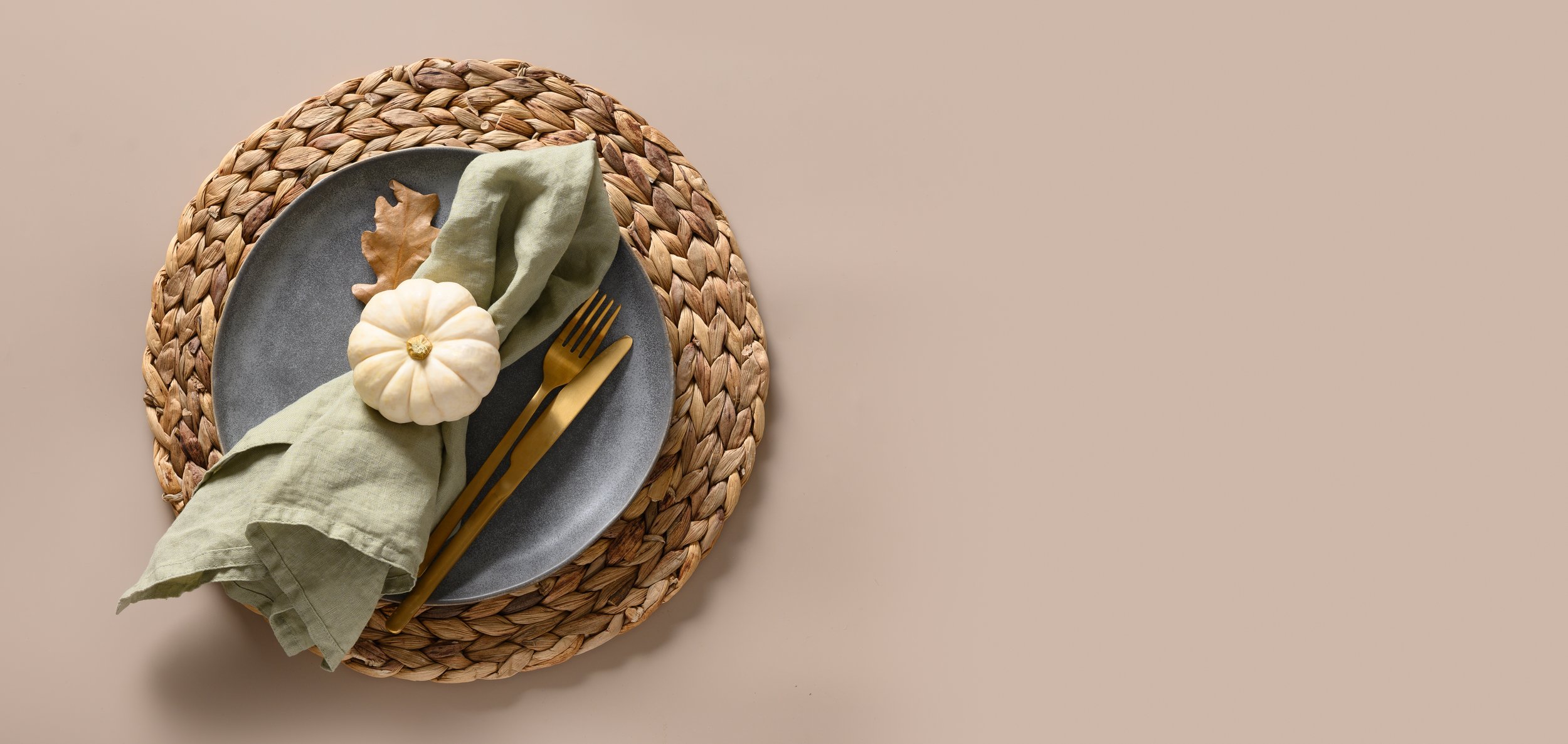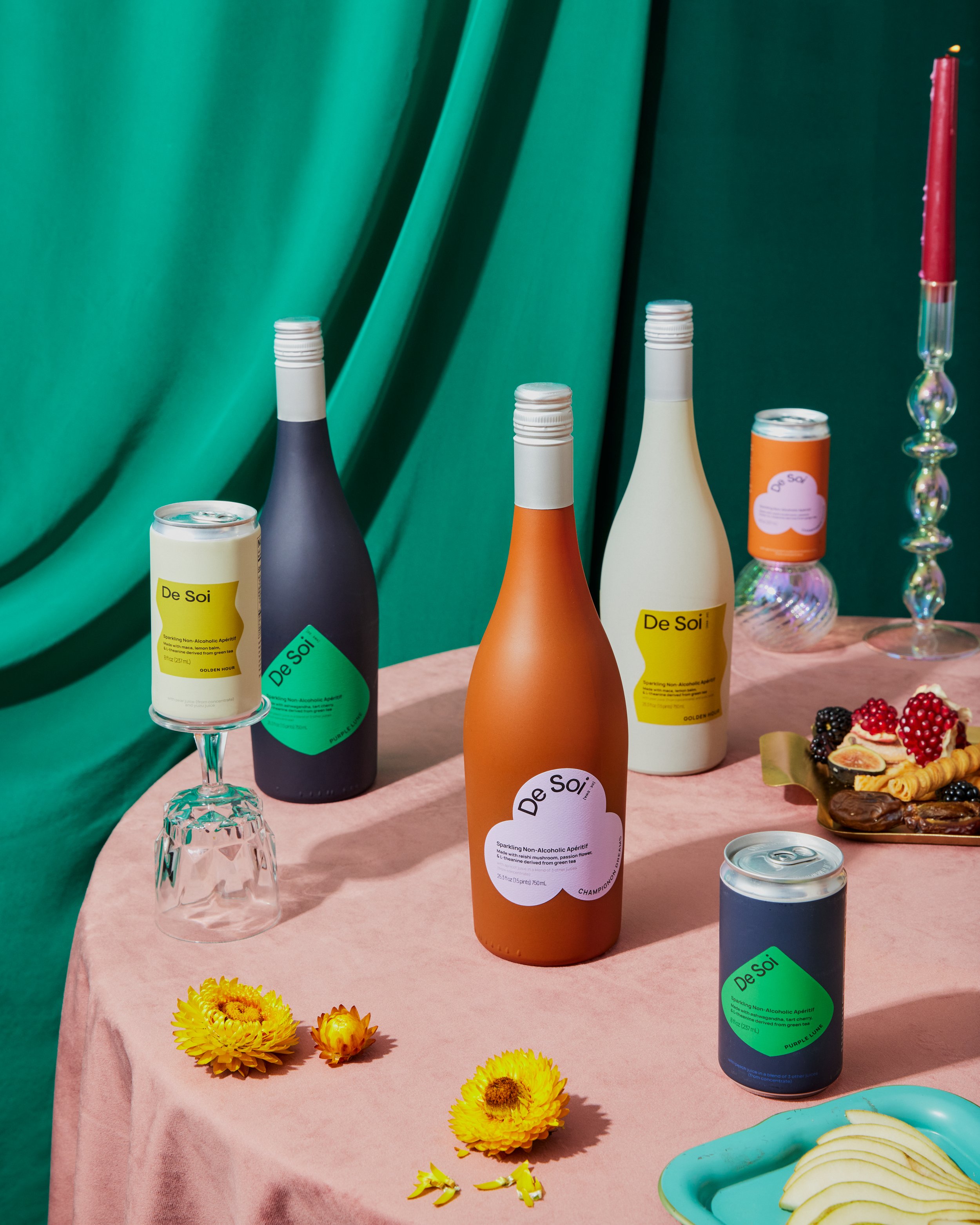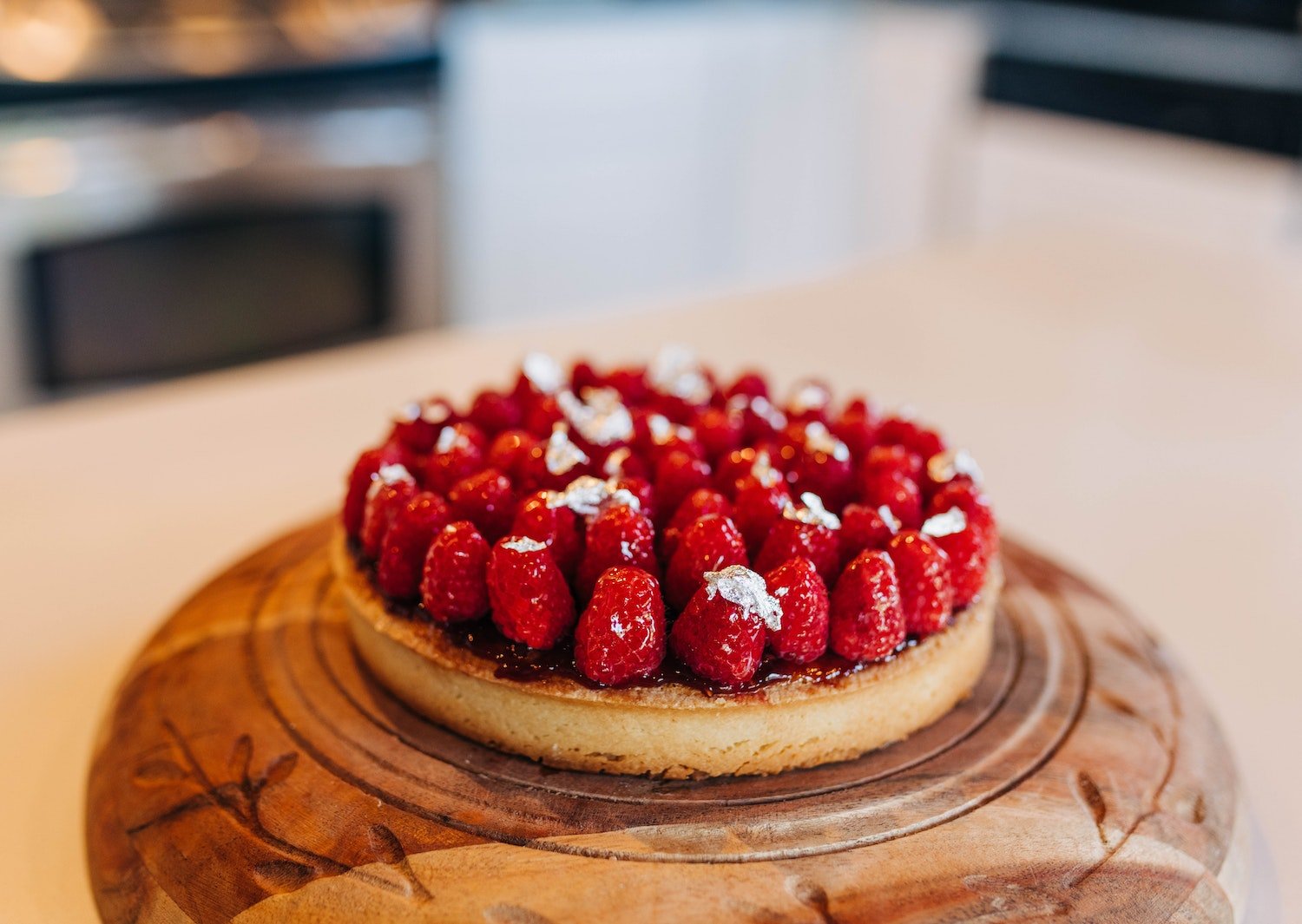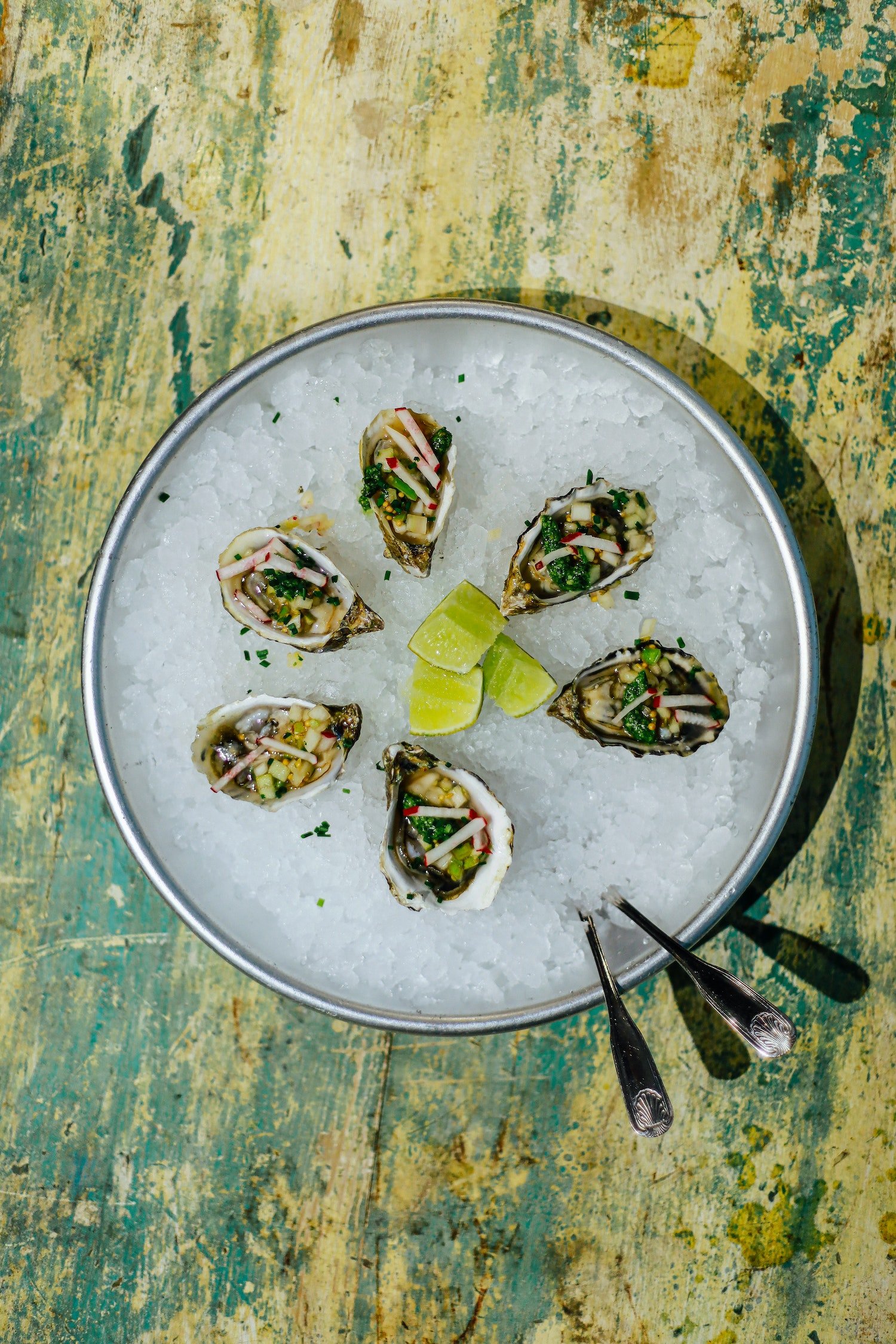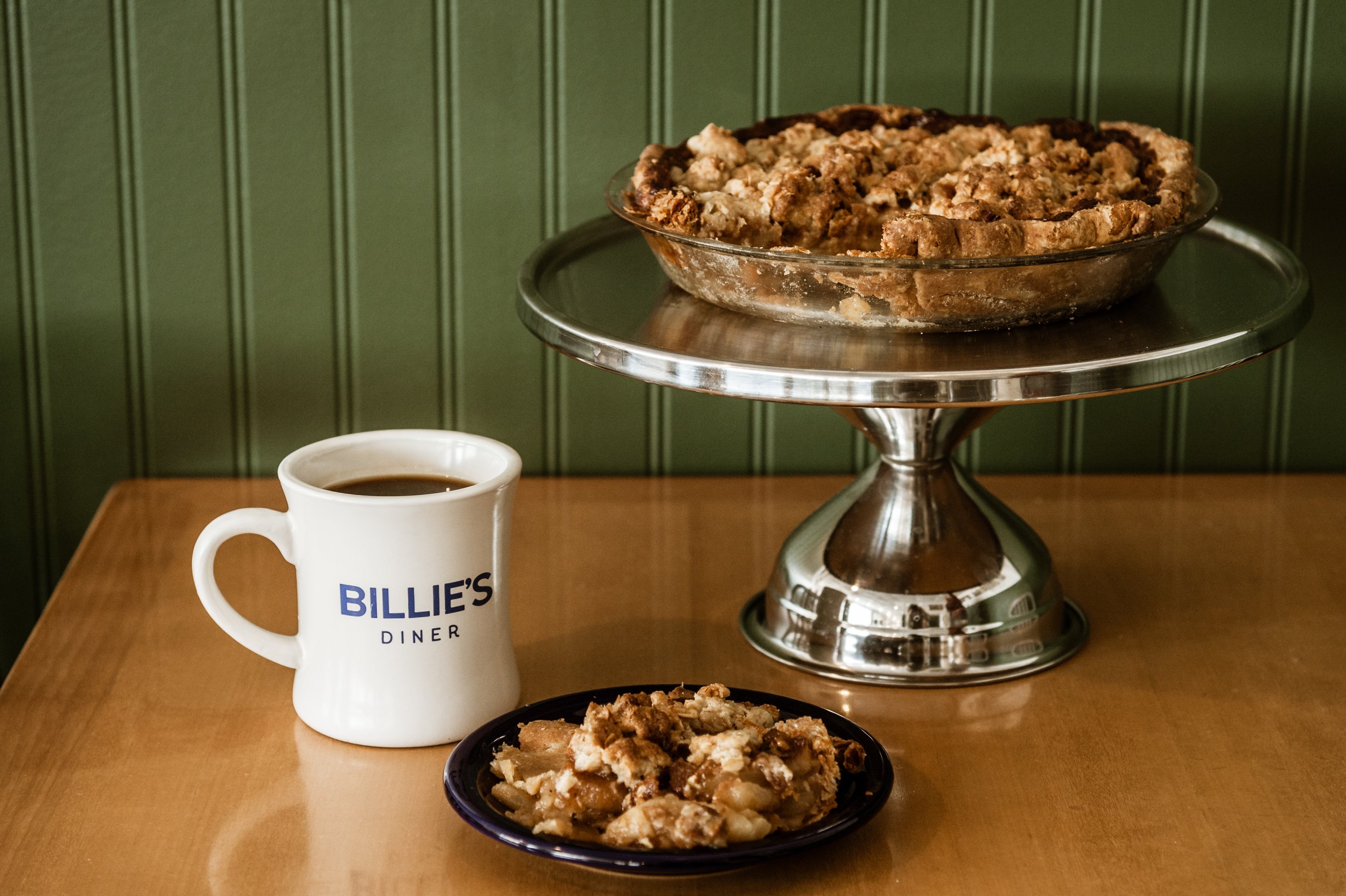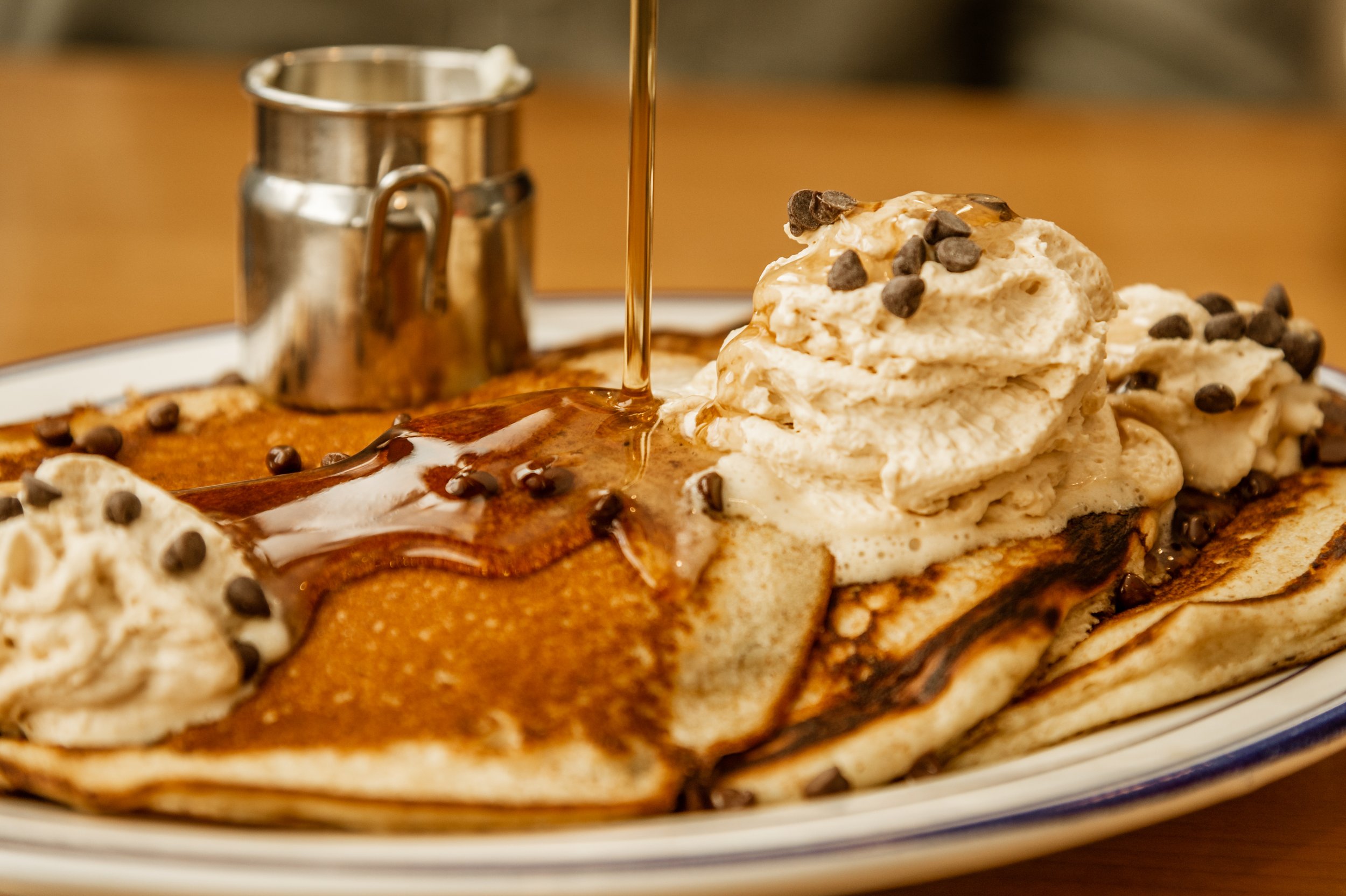Setting the Table
Setting the Table
BY CARA STRICKLAND
When I was a little girl, I learned to set the table. I grew up in a house with cloth napkins and tablemats at every meal. We weren’t a fancy family, most of those linens were worn and serviceable, but they matched each other. I liked to fold the napkins just so and place them on the tablemats. I would do the plates or bowls next—unbreakable Corelle with a blue and white pattern—centering them. Each table setting was a conversation with my mother. She would tell me what we were having for dinner and I learned the basics of problem solving—what utensils would we need, did I need to set out butter knives?
Next, it was time to ask everyone what they wanted to drink. I would seek out the members of my family and fill their glasses, assigning them seats. When we had company, this was my job as well. I would swallow my shyness and ask each adult guest (and the kids too) what I could get them.
Everyone always exclaimed over our cloth napkins. They were so functional, so pretty. I didn’t realize then that so many people used disposable napkins. Simple cloth ones were all I knew. I didn’t know then to be grateful for the ritual.
Sometimes, at holidays, or just in a particularly inspired mood, my mom would fold the napkins into little structural delights, which fascinated me. It was something so creative and beautiful that was gone in a moment, as soon as we all sat down and my mom reminded us to put our napkins on our laps. But for a moment, something that seemed basic and everyday was transformed into art.
I liked to pull the napkins through napkin rings. We had several sets, giving me the the opportunity for a few decisions about which ones looked best. I took a lot of pride in arranging them so they looked effortlessly beautiful, as if they were in flight.
In college, I sat at round faux wood tables with a paper napkin dispenser in the middle. My dorm mates and I set our table with giant plastic trays and heavy plates piled high with everything from French fries to generous helpings from the salad bar. Suddenly eating wasn’t a communal thing, but an individual one. If I happened to be eating the same thing as someone else, we didn’t comment on it. We all got to make our own decisions, we were all responsible for what we brought to the table and what we took away from it. At the end of the meal, we placed our trays on a conveyer belt which whisked them away to the kitchen where someone else did our dishes.
When I moved into my first home, on my own, with roommates, I bought some cloth napkins. I couldn’t imagine anything else, not when I had a choice in the matter. I went to IKEA and bought rectangular white plates that I thought would look at home in a restaurant. My roommates and I cobbled together silverware for all of us to share.
Even though I had all the components, I rarely set the table. Sometimes I didn’t even sit at it. I would eat Trader Joe’s guacamole and chips for dinner, straight out of the container, standing at the counter. But I still used a cloth napkin.
Sometimes I would have guests over for something easy that I knew how to cook. My go-to was pasta with jarred sauce that I may have added meat to, a salad from a bag with some avocado and tomato, *maybe* some French bread if I was feeling particularly fancy. On those occasions, I would set the table, being sure to ask my friend what they would like to drink, just as I had been taught so many year before.
I now have a four-year-old daughter. For the first few years of her life, we seldom set the table. It’s still a bit of a blur of silicone dishes, sippy cups and having to clean the floor after every meal. But I started her off early with cloth napkins. She learned to smear her sticky face all over them.
Now, she is learning to set the table. My mom is teaching her just as she did me. We are together before dinner most days, and I listen to her puzzling out those first problems. Do we need spoons or forks? Do I want a bowl or a plate? Some days she decides that the napkins all need to match and other days she wants a certain one, the red one, or the one with flowers.
We have a little pale blue enamel pitcher with matching cups. She has adorned each one with a sticky one, a bespoke picture for each of us. I fill it with water and she places the “dinner cups” at each place.
I hope she is learning something that I didn’t even realize that I knew for so many years. We set the table to get everything ready for connection. When we come together, we don’t have to worry that we have everything we need—if we’re searching for a little zip, there is salt and pepper handy. Someone has thought about the utensils, the surfaces, maybe there is a tablecloth. You have a drink in front of you that someone has poured with care.
A well-set table is an invitation to sit and stay a while with no need to rush off. We share a meal, nourish ourselves, and we are fed in more ways than one. Likely you hold some of those memories—meals where time seems to stop, where you feel welcomed, like you belong.
It’s not the napkins, the plates or the silverware that bring about that feeling. It’s not the table or the drink or the glassware, but I hope as my daughter continues to grow, those things serve as a reminder of what home feels like. I hope setting the table is a daily reminder that she belongs.

